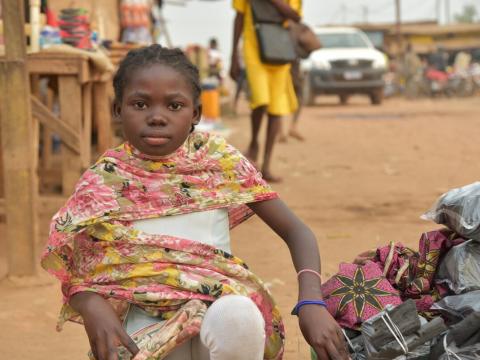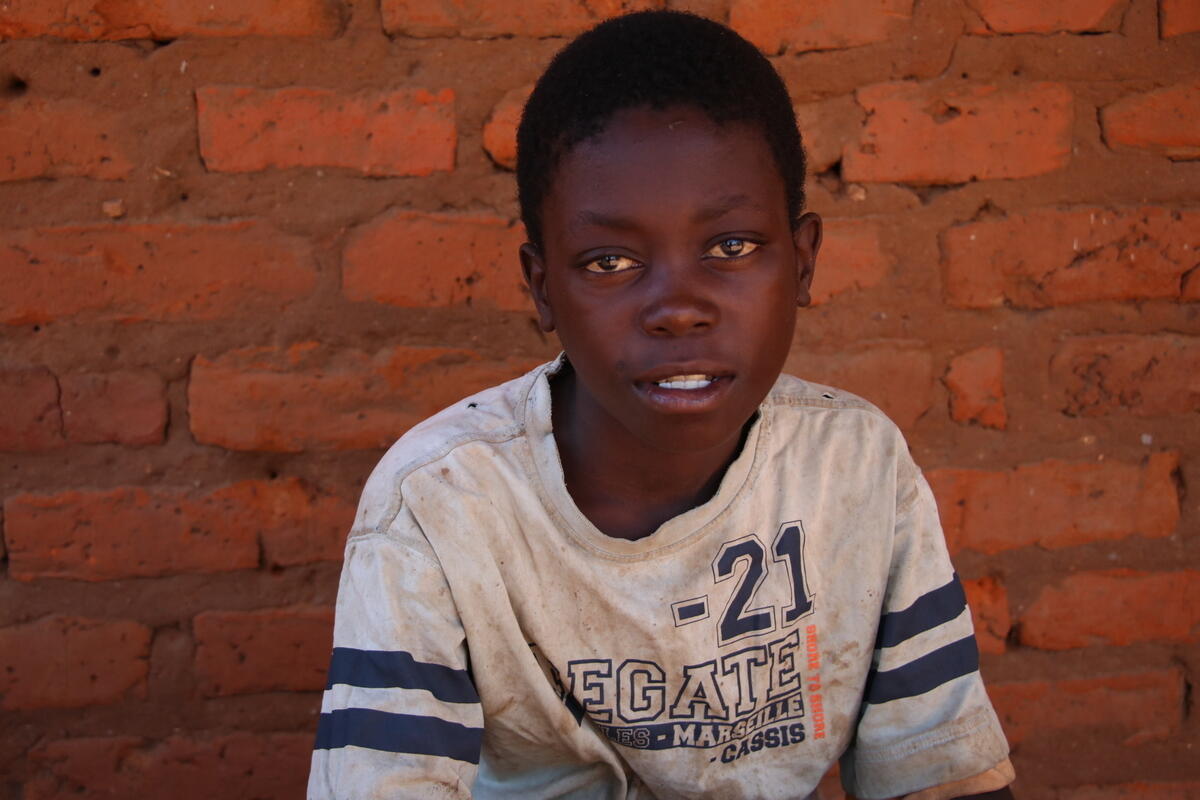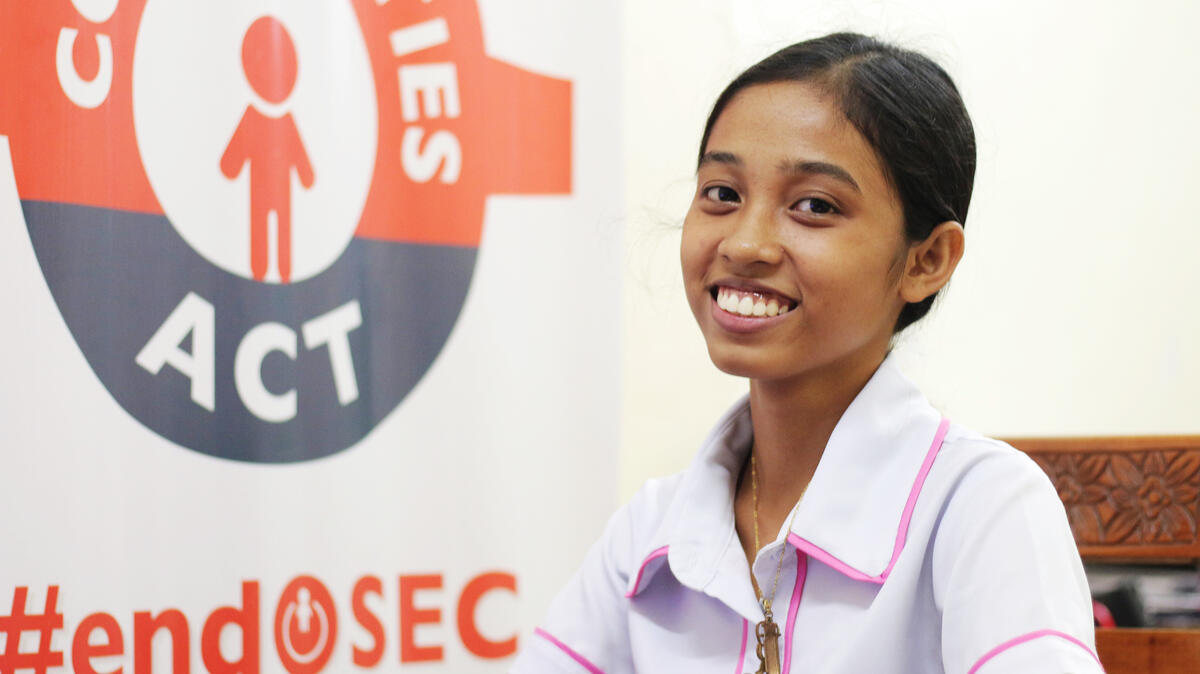Child Labour: What you need to know

According to a report by International Labour Organization, 50 million people are in situations of modern slavery on any given day, either forced to work against their will or in a marriage that they were forced into. This number translates to nearly one of every 150 people in the world.
There are 27.6 million people in situations of forced labour translating to 3.5 people for every thousand people in the world. Women and girls make up 11.8 million of this total. More than 3.3 million of all those in forced labour are children.
The ILO report also shows that millions more men, women, and children have been forced to work or marry in the period since the previous estimates were released in 2017.
Forced labour has grown in recent years, with an increase of 2.7 million people between 2016 and 2021. This translates to a rise in the prevalence of forced labour from 3.4 to 3.5 percent per thousand people in the world.
By definition, child labour is a violation of both child protection and child rights.
Poverty is the primary reason children are sent to work. But sadly, child labour keeps children from getting the education they need to break the cycle of poverty.
39% of the children - 1.31 million - are in forced labour exploitation jobs, 10% of the children -0.32 million- are working in state-imposed forced labour and 51% - 1.69 million - are working in commercial exploitation jobs.

Some work long hours in factories or in domestic service. Others are in forced labour, including child soldiers and sexual exploitation.
The 2021 International Labour Organization report indicates that a total of 3.3 million children are in situations of forced labour on any given day, accounting for about 12 per cent of all those in forced labour. And owing to data constraints, these numbers, already alarming, may well be just the tip of the iceberg. The forced labour of children constitutes one component of child labour, which the international community – through Target 8.7 of the Sustainable Development Goals – has committed to ending by 2025.
There are concerns that the risk of forced labour among children has been made worse by the COVID-19 pandemic. An estimated 10.4 million children, for example, have lost at least one parent to the pandemic, out of which 7 million have become orphans, leaving them vulnerable to abuse in contexts in which child support systems are inadequate.
June 12 is the United Nations-sanctioned World Day Against Child Labour, a time to remember the young workers who have been robbed of their childhood, education, and the future they deserve.

What is child labour?
Child labour is the exploitation of children who are deprived of their childhood by work that prevents them from attending school or causes physical, mental, or social harm.
In their early developmental years, children are especially vulnerable to injuries, though physical and mental health problems may not be evident for years.
Where is child labour a problem?
Child labour is concentrated in the world’s poorest countries, where 40.7% of children are engaged in exploitative work. Sub-Saharan Africa, home to 27 of the world’s 28 lowest income countries, now has more children in child labour than the rest of the world combined. Child labour is also common in areas where there is insecurity or armed conflict.
Family poverty and poor schools are two major reasons children in low-income countries are in the labour force.
Different forms of Child labor have high prevalence rates in different parts of the world.
Forced labor of children in domestic work is primarily high in parts of Africa, Latin America, the Caribbean, and South Asia. Debt bondage is largely still practiced inform of traditional practices such as wahaya practice in Niger involving domestic work and sexual exploitation and Haliya and Kamaiya practices in Nepal involving agricultural bonded labour. In South Asia, where endemic levels of debt bondage persist among brick kiln workers, children work alongside their indentured parents. UNODC statistics indicate that children account for one in every three detected victims of trafficking worldwide, rising to one in two in low-income countries.

What are the worst forms of child labour?
The ILO’s Convention No. 182 defines hazardous and morally damaging forms of labour and calls for their immediate and total elimination. As defined by the convention, the worst forms of child labour include:
- Slavery or similar practices
- Child trafficking
- Forced recruitment into armed conflict
- Sexual exploitation
- Drug production and trafficking or other illegal acts
- Debt bondage
- Hazardous work that can cause injury or moral corruption
How can I help end child labour?
Pray for children trapped in work that puts them in danger or prevents them from attending school. Ask God to protect them from further exploitation so that they may enjoy the physical, mental, and spiritual nurture they need to maximise their potential.
Give to support World Vision’s grassroots work around the world to protect children from child labour and other forms of exploitation, abuse, and violence.
Sponsor a child. By investing in a child’s life, you’ll help them stay in school. You’ll also help to build up their community so that there’ll be more job opportunities for them to pursue as adults.

What is World Vision doing to end child labour?
World Vision places children at the centre of all our work to transform communities for good. We empower children to know their rights and work toward their own well-being. And we work with their parents and communities to see that kids are protected and that their futures are not stolen by labour exploitation.
By taking initiative in these areas, we help create a protective environment that cares for and supports all children:
- Providing educational services to enhance instruction quality and improve the learning environment
- Providing support for parents to improve their incomes and food security so that children don’t need to work
- Encouraging support for national child labour laws and their enforcement
- Promoting social accountability for communities, governments, and businesses to combat child labour
- Equipping communities — faith leaders, parents, and community groups — to monitor vulnerable children to keep them out of hazardous work and help their families survive without their child’s income
- Promoting decent work for youth who are above the minimum working age through training, life skills and entrepreneurship, as well as savings and credit services
- Empowering girls and boys to understand their rights and develop the skills to meaningfully transform their communities

History of child labour
Children have always contributed to the economic upkeep of their families through farm labour and handicrafts.
However, the growth of manufacturing and farm mechanisation during the Industrial Revolution in Europe and the United States in the 18th and 19th centuries led to many children working under dangerous conditions in factories and farms.
This in turn prompted children labour laws that not only regulated child labour conditions, but also mandated education. Here are some highlights of child labour history:
1973 — The Minimum Age Convention, ratified by 172 countries, sets the minimum age for employment but allows some exceptions.
1989 — The UN enacts the Convention on the Rights of the Child to guarantee protection of children’s rights to grow and thrive.
1992 — The International Programme on the Elimination of Child Labour (IPEC) is founded to promote the global elimination of child labour and to support countries in their efforts.
1999 — The ;Worst Forms of Child Labour Convention, ratified by 186 countries, requires ending practices like slavery, child trafficking, debt bondage, forced labour in armed conflict, prostitution, pornography, drug trafficking, and other illicit activities.
2021 — The UN General Assembly declares this to be the Year for the Elimination of Child Labour.
2025 — All forms of child labour are to end this year under Target 8.7 of the UN’s Sustainable Development Goals.